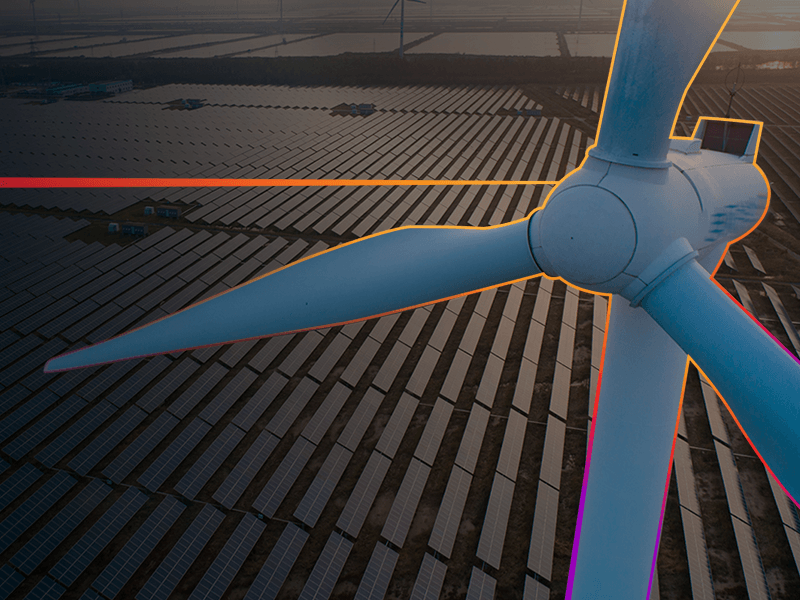In the earliest days of 5G rollouts, operators rightly touted the efficiency of the networks and the fact that 5G is up to 90% more efficient than 4G. This is true and important, but it’s only part of the story. Every time I see that one piece of information repeated, I worry that we’re missing the bigger — and more problematic — picture.
Despite the rather remarkable per-gigabyte efficiency of 5G, the networks still consume far more energy than their 4G predecessors. Here’s why: 5G requires far more sites, those sites rely on IT equipment that consumes more energy and must be cooled, and the enhanced applications 5G enables drive more traffic.
That last point is important and sometimes gets lost in the debates about the looming 5G energy challenges. Current projections suggest global mobile data traffic will increase nearly fourfold by 2025 and drive an overall increase in network energy consumption of 150-170%.
Telecom operators know this is coming — 94% confirmed as much — but the priority to date has been rolling out these networks as quickly as possible. IHS Markit estimates 5G will generate $13.2 trillion in global economic output by 2035, so the rush to deploy is understandable. Still, the energy issue is real, and considering 92% of network operating costs are spent on energy consumption, telcos should start prioritizing energy-saving measures as soon as possible.
There is no silver bullet for reducing 5G energy consumption, but there are steps operators can take to reduce the power they use and shrink their electric bills. They can start here:
- Use high-efficiency equipment: This seems obvious, but it bears repeating. Replacing legacy DC power systems with newer, high-efficiency models can improve energy efficiency by 5-6%. Every provisioning decision at every 5G site retrofit or new deployment should be made with energy efficiency at top of mind.
- Leverage energy-efficient features: Modern equipment frequently includes energy-saving modes and features that too often are ignored. Today’s DC power systems, for example, are more intelligent and capable of more advanced energy management than legacy systems, but operators too often ignore those capabilities in favor of static operation.
- Rethink shelters and enclosures: IT systems are ubiquitous across 5G networks, but those heat-generating systems were designed for data centers and similar climate-controlled environments. Traditional telecom environments aren’t IT-friendly, but smaller, modern enclosures are designed to protect sensitive equipment from the elements and can be equipped with cooling technologies tailored to any location.
- Transition to lithium-ion (Li-ion) batteries: Li-ion batteries are smaller and can operate at higher temperatures than traditional valve-regulated lead-acid (VRLA) batteries and therefore reduce the energy required for cooling. Thinking more holistically, Li-ion batteries with intelligent battery management systems enable peak shaving and similar energy management strategies. And, because they last longer than VRLA, Li-ion batteries reduce monitoring and replacement needs, truck rolls, and costs, along with the carbon dioxide (CO2) emissions associated with those activities.
These are strategies operators can enact today to reduce energy consumption and costs immediately, but let’s be clear, these steps alone will not fully offset the increases tied to 5G deployment. The hope, ultimately, is that the increased speed and bandwidth of 5G allow users to identify and adopt dramatic energy-saving measures across all walks of life. That concept and all of the energy-saving measures outlined above are discussed further in a recent paper from Vertiv and STL Partners, Why Energy Management Is Critical to 5G Success.
How many of the above steps are you employing in your network?



